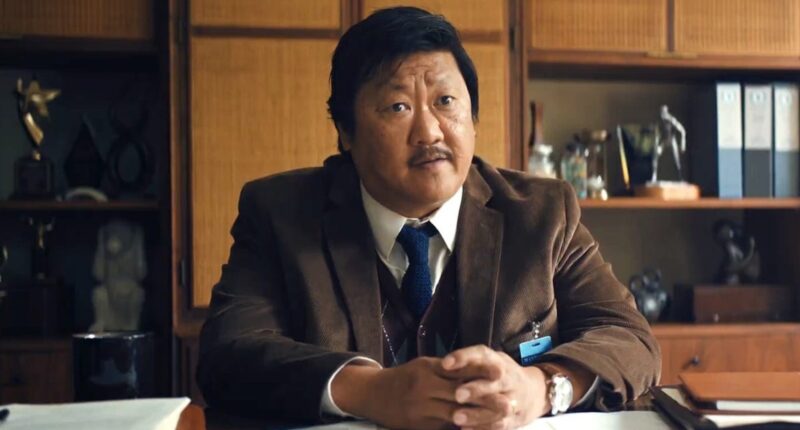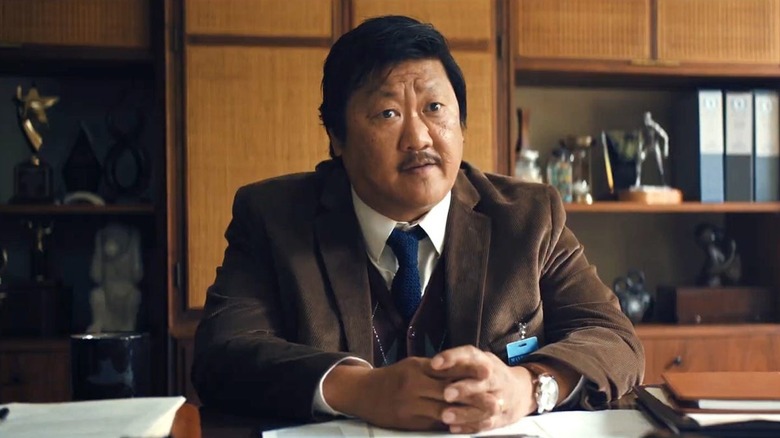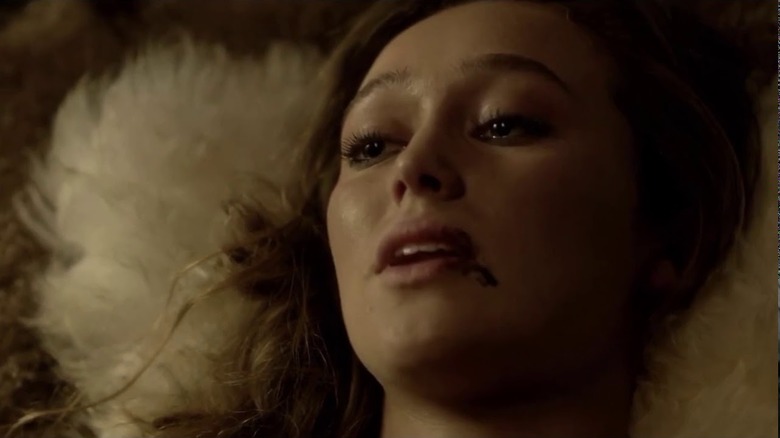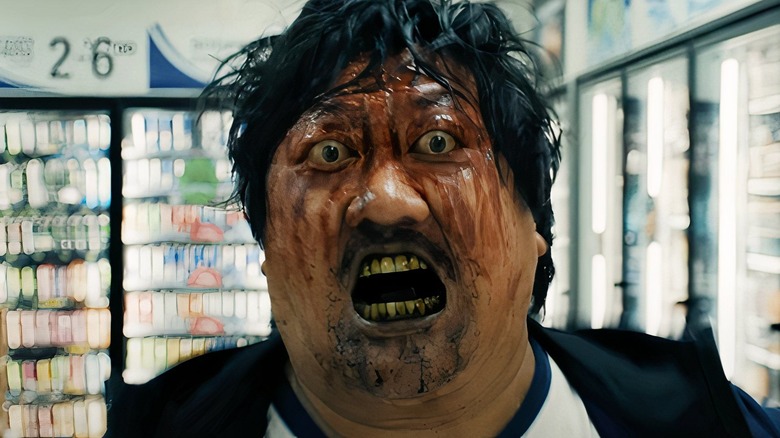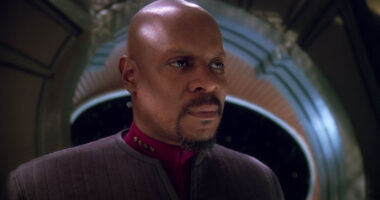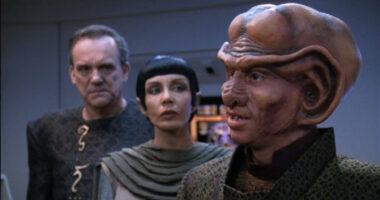Share this @internewscast.com
Contains spoilers for “Weapons”
Zach Cregger’s mystery-horror film “Weapons” has become a surprising hit, impressing both critics and audiences alike with its unexpected twists, compelling themes, and expertly delivered scares. Audrey Fox’s review for Looper highlights the film’s strengths, which have quickly made it a standout success. However, despite its mastery in creating a deliberate sense of unease, the film faces criticism for a different kind of discomfort: the two most graphic and violent death scenes in the movie happen to involve the only openly gay characters, playing into the widely criticized “bury your gays” trope.
The characters involved are Marcus Miller (played by Benedict Wong), a school principal, and his husband Terry (portrayed by Clayton Farris). In a particularly gruesome scene, the antagonist Gladys (Amy Madigan) uses her witchcraft on them, turning Marcus into a “weapon.” This results in Marcus vomiting black goo onto Terry and then repeatedly headbutting him until Terry’s skull is crushed. Subsequently, Gladys directs the weaponized Marcus towards Justine Gandy (Julia Garner), a third grade teacher he had previously suspended. Marcus eventually meets his end when a car crashes into him, leading to a brutal depiction of his brain and other organs spilling out.
Though other characters also meet their end in “Weapons,” the deaths of Terry and Marcus stand out for their intense brutality, with Terry’s prolonged murder and Marcus’ gruesome accident being especially hard to watch. While labeling the film outright homophobic might not be accurate, it contributes to an unfavorable trend in media where gay characters often endure more severe misfortune compared to their straight counterparts.
The Bury Your Gays trope explained
Throughout cinematic history, LGBTQ+ characters have often not survived until the movie’s conclusion. During the era of the Hays Code from the 1930s to the 1960s, the portrayal of openly gay characters was prohibited. Often, queer-coded characters were depicted as villains, such as Dr. Pretorius in “Bride of Frankenstein” and Bruno in “Strangers on a Train,” who were typically either imprisoned or killed. Although later films began to present more positive portrayals of queer characters, these stories frequently still ended in tragedy.
This recurring theme is somewhat understandable, considering the real-life tragedies that have affected the LGBTQ+ community, from hate crimes to the AIDS epidemic. Such events have been depicted in influential LGBTQ+ films like “Philadelphia,” “Boys Don’t Cry,” and “Brokeback Mountain,” which have played significant roles in raising awareness about these struggles. Issues arise when the overwhelming emphasis on queer suffering overshadows narratives of survival and joy, crystallizing the problem of the “bury your gays” trope. Criticism of this trope peaked in the mid-2010s, fueled by outrage over TV series like “The 100” for killing beloved lesbian characters, with a 2016 study by Autostraddle revealing that lesbian and bi women on TV were over three times more likely to die than to end happily.
Avoiding one uncomfortable issue lead to another
The intersection of the “bury your gays” trope with horror, a genre where characters of all orientations are at risk, prompts an interesting discussion. Are movies like “The Last of Us” or “Knock at the Cabin” problematically handling the deaths of gay characters, or are they breaking the mold by treating them similarly to straight characters? “Weapons,” however, seems to more clearly fall into problematic territory due to the apparent disparity in the severity of the gay characters’ deaths compared to those of straight characters, whether intended by the filmmakers or not.
Curiously, in a leaked early draft of the screenplay, Marcus (then named Andrew) did not have a husband, but instead a wife named Ginny. The description of Ginny’s death isn’t as graphic as what made it onscreen with Terry, but it’s possible the filmmakers determined watching a husband murder a wife would be too upsetting in terms of gendered violence. That would leave two options to keep the scene while avoiding the violence against women issue: Switch the characters’ genders, or make them a gay couple. Since Marcus needs to be bulky enough that even Archer Graff (Josh Brolin) can’t stop him, it made the most sense for Marcus and his partner to both be men.
It’s reasonable to think that two or three years ago, the filmmakers might have felt the “bury your gays” trope had been defanged by greater representation across the board. In 2025, however, when LGBTQ+-led shows are at higher risk of cancelation and movie studios are censoring representation, it stings more than it might have otherwise.
